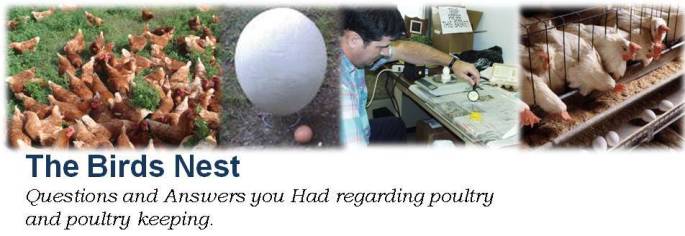How you make a presentation counts
 |
| photo:
www.avianaquamiser.com
|
The birds we commonly use for meat and eggs do not have
valves in their throats as we do.
Because of this, chickens, ducks and turkeys (to name a few) have to
swallow food and water upright or throw the food to the back of the throat in a
jerking motion like a woodpecker at a log.
To aid in feed conversion and water spillage, positon trough waterers
and feeders lip height at the base of the bird’s neck or slightly higher so
that the bird doesn’t waste feed and water standing up.
Nipple drinkers are a special case. They should be set at the eye of the bird so
that the birds jaw is below the level of the pin of the nipple drinker. This will aid in controlling water spillage
from this type of watering system. Bell
type watering systems should be adequately weighted to keep from swinging too
much.
Feeders should no more that 1/3 full, and placed with the lip of the feeder even with the base of the neck of the bird. If using a trough raise the feeder on blocks or similar structure to bring the food up to make it easier for the birds to eat. Pasture should be long enough for the birds to easily pull on young blades of forage.



